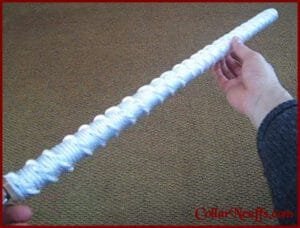How to Build a Dungeon: A Step-by-Step Guide for Beginners

Discover how to build and maintain a BDSM dungeon or sex room that ensures safety, privacy, and immersiveness. From initial planning to choosing the right equipment and creating the perfect ambiance, this comprehensive guide covers every essential step for setting up a dedicated space for consensual BDSM activities. Learn about the significance of proper design, safety measures, and the importance of ongoing maintenance to enhance your BDSM experience.













